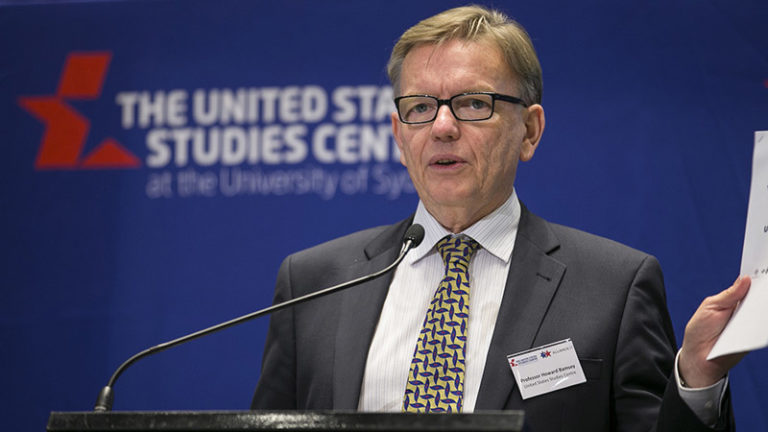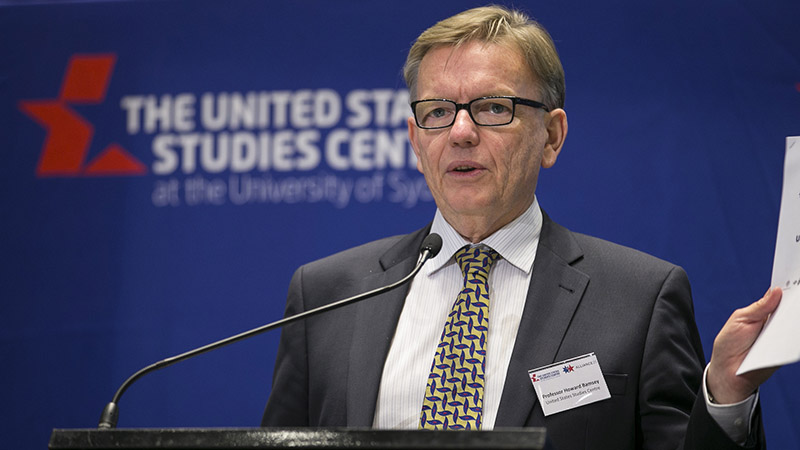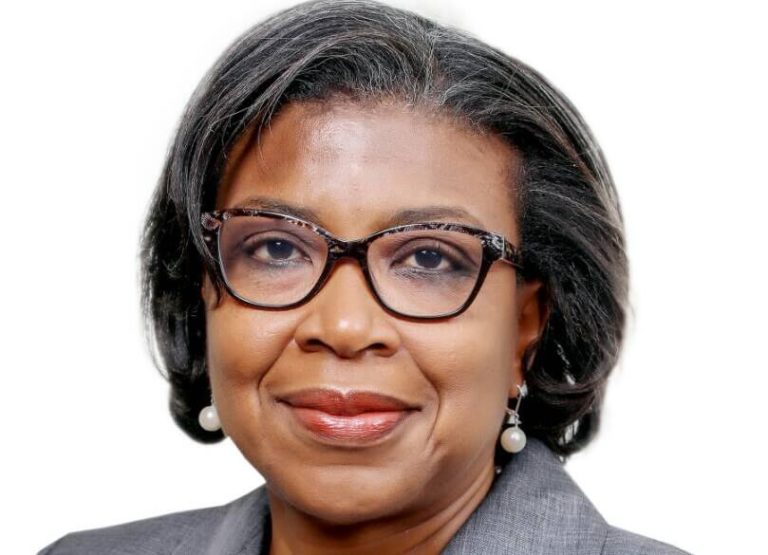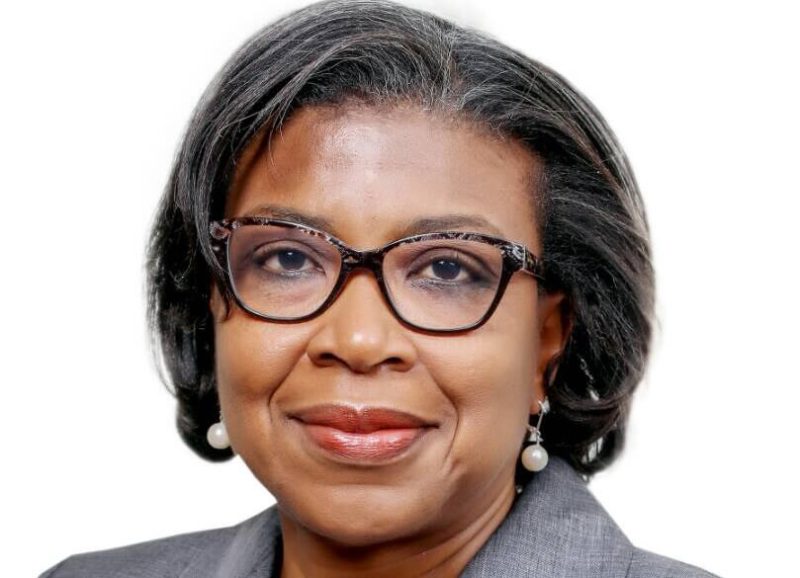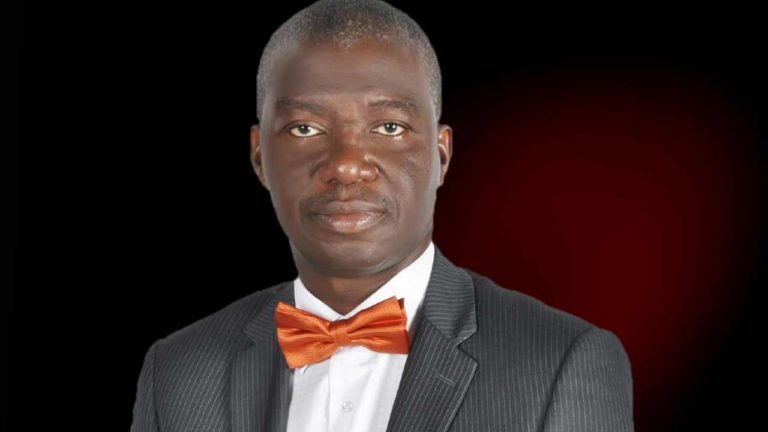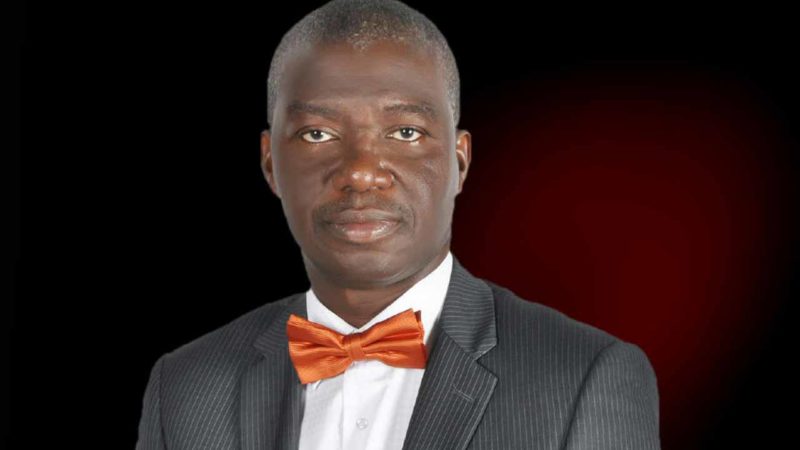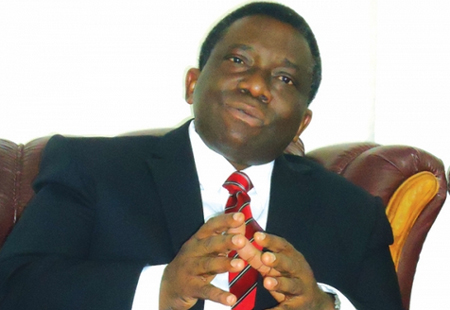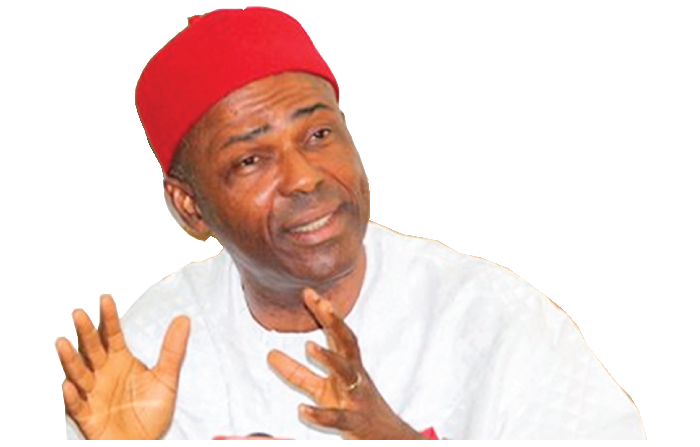Delegates to the science body of the Convention on Biological Diversity (CBD) closed their meeting On Saturday, December 16, 2017, sending a number of recommendations to the next UN Biodiversity Conference that set the stage for achievement of the Aichi Biodiversity Targets, and preparation of the post-2020 global biodiversity framework.
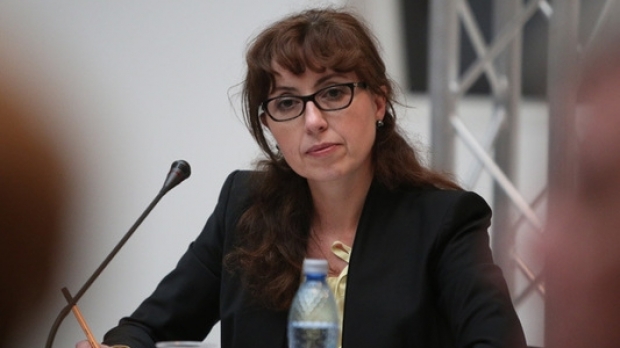
“Parties to the Convention have shown, in their recommendations agreed this week, that the possible futures before us include paths that will protect biodiversity and build a future of life in harmony with nature,” said Dr. Cristiana Paşca Palmer, Executive Secretary of the Convention on Biological Diversity. “But achieving this will require that we mobilise the best available scientific evidence to best exploit the possibilities presented by transformational change.”
The Subsidiary Body on Scientific, Technical and Technological Advice (SBSTTA) provides scientific, technical and technological advice to the Conference of the Parties (COP). Recommendations from this meeting will be considered by Parties at the next UN Biodiversity Conference, set to take place from November 10 to 22, 2018 in Sharm El-Sheikh, Egypt.
Scenarios towards the 2050 Vision for Biodiversity
SBSTTA noted that the continued loss of biodiversity has major negative consequences for human well-being. However, scenarios demonstrate a wide range of plausible futures, providing space for developing policy measures to achieve the 2050 Vision of the Strategic Plan for Biodiversity 2011-2020 and other global goals. Achieving the Vision requires transformational change, including changes in behaviour at the levels of producers and consumers, Governments and businesses. SBSTTA noted that societal and disruptive technological developments may help or hinder sustainability. Delegates noted that scenarios can help societies decide on their preferred approach towards the 2050 Vision.
SBSTTA also highlighted the need for a coherent approach on biodiversity and climate change to ensure that impacts on biodiversity of climate change are reduced, that biodiversity and ecosystems can contribute solutions related to climate adaptation and mitigation, and that climate change adaptation and mitigation measures do not negatively impact biodiversity.
Sustainable Wildlife Management
Wild meat is an important source of nutrition for millions of people in many regions of the world, but this is threatened by unsustainable exploitation of the resource, driven by growing human populations and the emergence of a booming commercial wild meat trade. SBSTTA developed guidance that provides advice for promoting the sustainability of supply at the source, managing the demand along the entire value chain, and creating the enabling conditions for legal, sustainable management of terrestrial wild meat in tropical and subtropical habitats. The guidance also takes into account traditional use and the livelihoods of indigenous peoples and local communities. The Collaborative Partnership for Sustainable Wildlife Management will support countries in applying the guidance on the ground.
Biodiversity and Health
SBSTTA also reviewed guidance to integrate biodiversity into One Health approaches. Human well-being can be supported by the prevention and reduction of both infectious and non-communicable diseases, and by supporting nutrition and healthy diets. SBSTTA also highlighted the importance of the human microbiome for human health and the value of green spaces in urban environments. SBSTTA recommended that the World Health Organisation and others be invited to promote and facilitate dialogues on biodiversity-health approaches with relevant stakeholders to assist countries in developing strategies to mainstream biodiversity-health linkages effectively.
Mainstreaming biodiversity in energy, mining, infrastructure, manufacturing and processing, and health
SBSTTA, for the first time under the Convention, considered the nexus between biodiversity and key economic sectors, including energy and mining, infrastructure, manufacturing and processing industry, as well as health. SBSTTA’s work will help mobilise momentum and build a solid basis for further inter-sessional work and consensus building by the Second meeting of the Subsidiary Body on Implementation (July 2018) and the next UN Biodiversity Conference in 2018.
Other issues
SBSTTA emphasised the importance of evaluating the effectiveness of national actions taken in supporting the implementation of the Convention and the Strategic Plan for Biodiversity when preparing for the post-2020 global biodiversity framework.
SBSTTA took note of the plan for the preparation of the fifth edition of “Global Biodiversity Outlook” and urged Parties make available accurate and reliable data to assess the status of biodiversity, in an open manner, as well as progress made in implementing the Convention and the Strategic Plan for Biodiversity 2011-2020, including mainstreaming activities. It was recommended that Parties continue collaborating with other biodiversity-related conventions and other relevant processes and organisations for this and other assessments, including, the Intergovernmental Science-Policy Platform on Biodiversity and Ecosystem and the Food and Agriculture Organisation of the United Nations.


